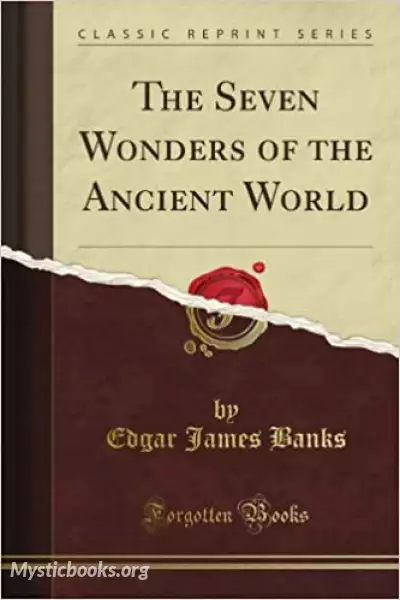
The Seven Wonders of the Ancient World
'The Seven Wonders of the Ancient World ' Summary
The Seven Wonders of the World or the Seven Wonders of the Ancient World is a list of remarkable constructions of classical antiquity given by various authors in guidebooks or poems popular among ancient Hellenic tourists. Although the list, in its current form, did not stabilise until the Renaissance, the first such lists of seven wonders date from the 2nd -1st century BC. The original list inspired innumerable versions through the ages, often listing seven entries. Of the original Seven Wonders, only one the Great Pyramid of Giza, oldest of the ancient wonders remains relatively intact. The Colossus of Rhodes, the Lighthouse of Alexandria, the Mausoleum at Halicarnassus, the Temple of Artemis and the Statue of Zeus were all destroyed. The location and ultimate fate of the Hanging Gardens are unknown, and there is speculation that they may not have existed at all.
The Greek conquest of much of the western world in the 4th century BC gave Hellenistic travellers access to the civilizations of the Egyptians, Persians, and Babylonians. Impressed and captivated by the landmarks and marvels of the various lands, these travellers began to list what they saw to remember them.
Instead of "wonders", the ancient Greeks spoke of "theamata" which means "sights", in other words "things to be seen. Later, the word for "wonder" was used. Hence, the list was meant to be the Ancient World's counterpart of a travel guidebook.
Book Details
Language
EnglishOriginal Language
EnglishPublished In
1916Genre/Category
Tags/Keywords
Authors
Edgar James Banks
United States
Edgar James Banks was an American diplomat, antiquarian and novelist. Banks was an antiquities enthusiast and entrepreneurial roving archaeologist in the closing days of the Ottoman Empire, who has b...
Books by Edgar James BanksListen/Download Audiobook
- Select Speed
Related books

Lives of the Most Eminent Painters, Sculptors and Architects Vol 7 by Giorgio Vasari
Giorgio Vasari's "Lives of the Most Eminent Painters, Sculptors, and Architects" is a seminal work of art history. It provides detailed biographies o...
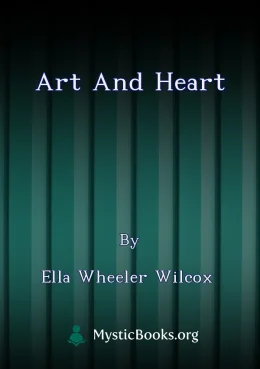
Art and Heart by Ella Wheeler Wilcox
This special poetry collection was assembled to celebrate the first anniversary of the creation of LibriVox. LibriVox volunteers bring you 38 differen...
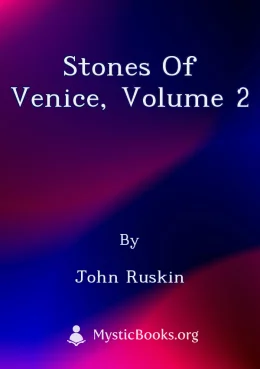
Stones of Venice, Volume 2 by John Ruskin
John Ruskin's *The Stones of Venice* is a three-volume work exploring the city's architecture and art from its Byzantine origins through the Renaissan...

To Jenny Lind by Anonymous
This poem, 'To Jenny Lind', is a tribute to the renowned Swedish opera singer, Jenny Lind, penned by an anonymous author and published in the collecti...
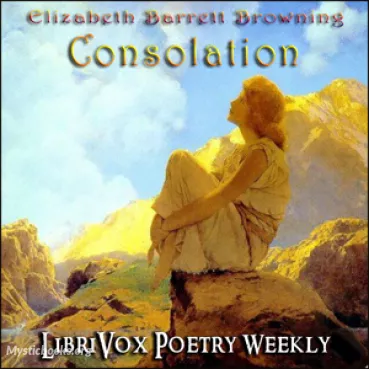
Consolation by Elizabeth Barrett Browning
In the wake of a devastating loss, a woman finds solace in the beauty of nature and the power of love. Consolation is a collection of poems by Elizab...
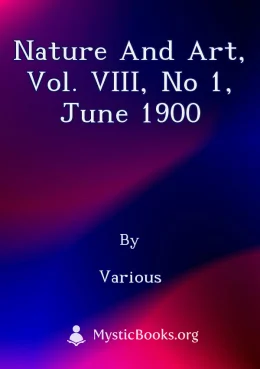
Nature and Art, Vol. VIII, No 1, June 1900 by Various
“Nature and Art” was a monthly magazine published from 1897 to 1907, showcasing the wonders of the natural world. Initially titled “Birds,” it evolved...
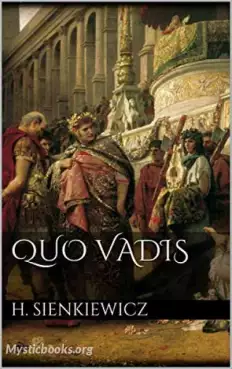
Quo Vadis by Henryk Sienkiewicz
Quo Vadis: A Narrative of the Time of Nero is a historical novel written by Henryk Sienkiewicz in Polish. The novel Quo Vadis tells of a love that d...

Lives of the Most Eminent Painters, Sculptors and Architects Vol 3 by Giorgio Vasari
Giorgio Vasari's *Lives of the Most Eminent Painters, Sculptors, and Architects* is a monumental work of art history that provides a detailed account...

The Symphony Since Beethoven by Felix Weingartner
This 1904 book by composer, conductor and pianist Felix Weingartner examines the development of the symphony as a musical form since one of its greate...

Perfect Strain by Isabella Crawford
LibriVox volunteers bring you 9 different recordings of A Perfect Strain by Isabella Valancy Crawford, published in "The Collected Poems of Isabella V...
Reviews for The Seven Wonders of the Ancient World
No reviews posted or approved, yet...